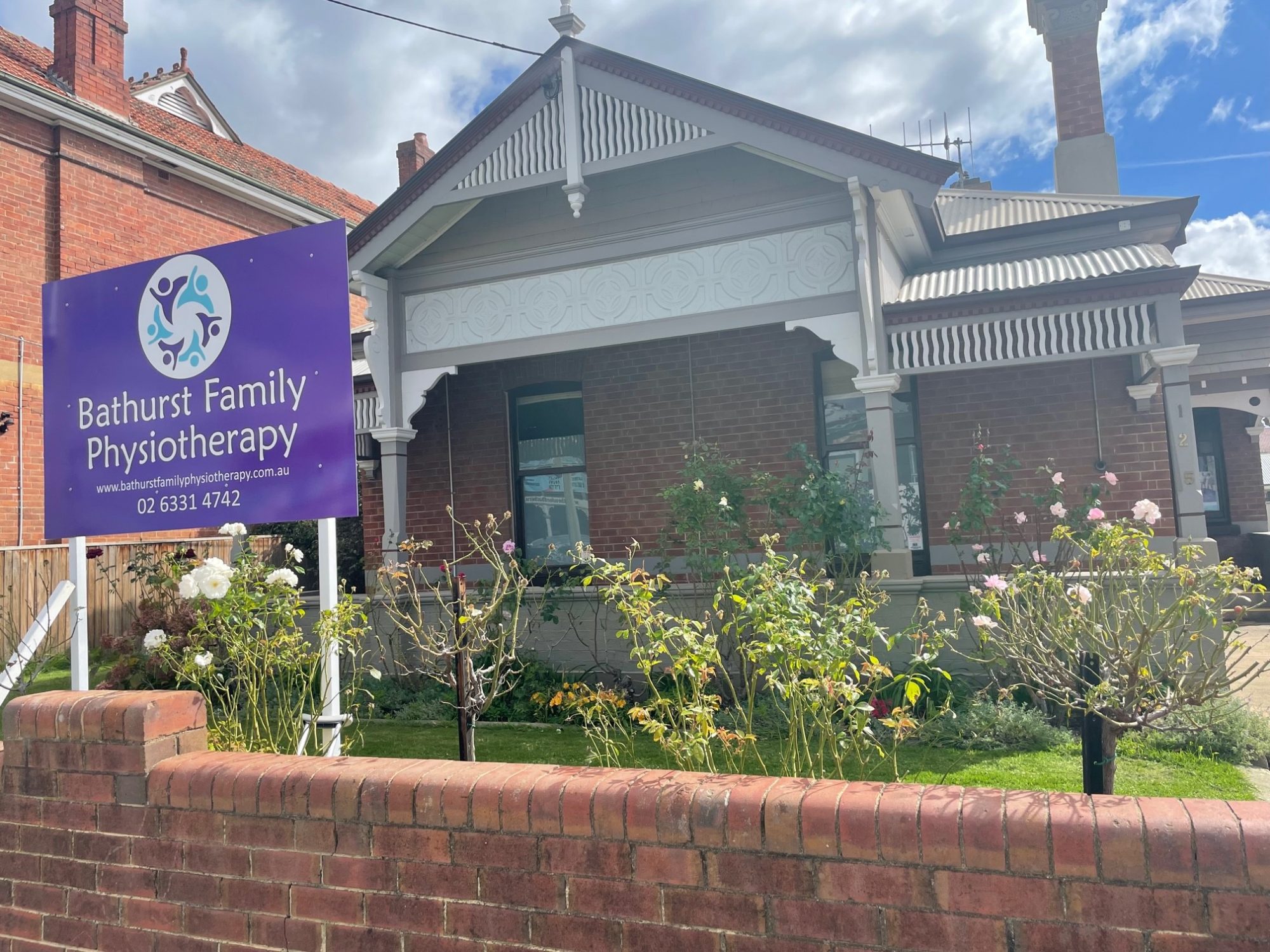Torticollis is common in newborns. It is a postural positioning of the neck evident at birth or shortly thereafter. Baby’s will often have their head tilted to one side and rotation of the neck to the opposite side. This is due to the tightening or shortening, of a muscle in the neck called the sternocleidomastoid muscle (SCM). The incidence of torticollis is estimated from 3.9% to 16% of newborns. Research shows that if stretching and strengthening exercises are started early, well over 90 per cent can expect a full resolution within three to four months.

In the picture above, you can see that this baby’s head is tilted towards their right shoulder, and their head is rotated to the left.
Some babies with torticollis have a lump in the SCM called a Fibromatosis colli, also referred to as ‘pseudotumor of the sternocleidomastoid muscle of infancy’. The lump in the muscle is usually closer to the chest than the skull. The lump is a bunch of muscle cells growing into an abnormal lump rather than the smooth straight muscle. It’s not painful, so touching it should not cause any harm or distress to your baby. The lump is not dangerous and usually resolves on it’s own, but the muscle tightness can remain.
It is unknown what causes these lumps to occur, but they are associated more commonly with breech pregnancies, difficult labour, and the need to use forceps or vacuum extraction devices to assist the baby coming out safely. It’s believed that these issues all lead to some bruising in the SCM which grows into the lump and tightens the muscle. Your doctor may consider getting an ultrasound of the baby’s neck if there is a more unusual feel to any lump or torticollis detected.
Torticollis treatment
As per current Sudden infant death syndrome (SIDS) guidelines your baby should always be put to sleep on their back.
Treatment of torticollis includes a stretching, strengthening and positioning program depending on the age of your baby. For term baby’s born at term, awake and supervised tummy time can start from birth. Start with only a few minutes at a time, and increase the time or frequency over the day as your baby’s tolerance improves. When your baby is awake you can try side lying and different carrying positions and over time increase the time they are in these different positions.
For babies with torticollis, it is recommended parents should do some sets of stretching and /or positioning of the neck several times a day. It can take days and weeks to improve this range.
Infant head shaping pillows are NOT recommended due to the risk of SIDS / SUDI (Sudden unexpected death in infancy). The use of head shaping pillows can create an unsafe sleep environment for infants and may contribute to the risk of suffocation and death.
Baby’s with torticollis also require a review of their hips, as developmental dysplasia of the hips is more common for children with torticollis. A health professional should also monitor your baby’s head shape and to the growth of their skull. The skull is made of a number of soft plates joined together. If bub spends too much time in one position, it will squash that part of the skull leaving a flat bit – this is known as plagiocephaly. Correcting the torticollis and allowing more neck movement with distribute pressure more evenly and should help improve plagiocephaly.
Review by a health professional is recommended if:
- After about six weeks of home management there’s no improvement, or if the issue was severe to start with, it is recommended to have a review by a physiotherapist.
- Physiotherapy should also be considered if the condition wasn’t picked up until they were three or four months old, as their little muscles can be more stubborn.
If you would like to book a physiotherapy appointment to review your child’s head shape at Bathurst Family Physiotherapy, please call our physiotherapy clinic on 02 6331 4742.
REFERENCES:
https://kidshealth.org/en/parents/torticollis.html

